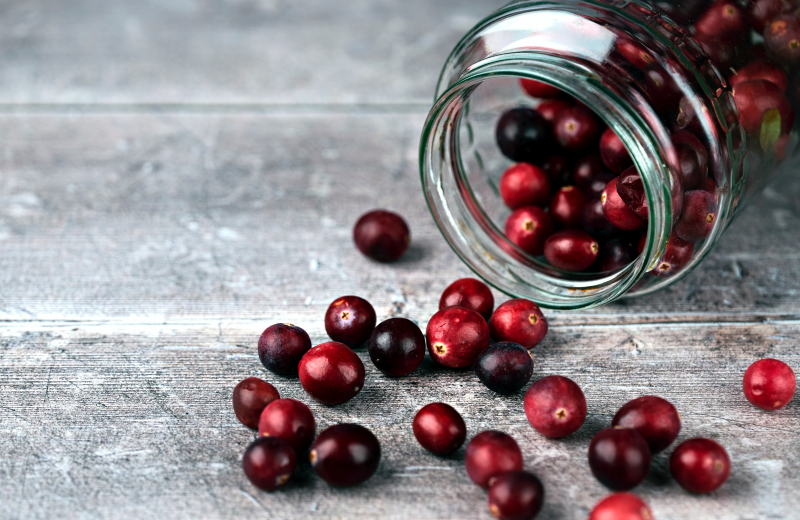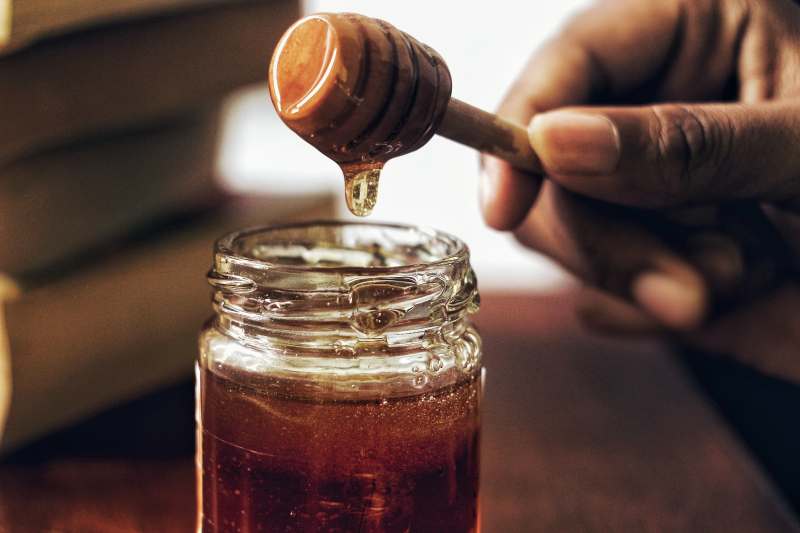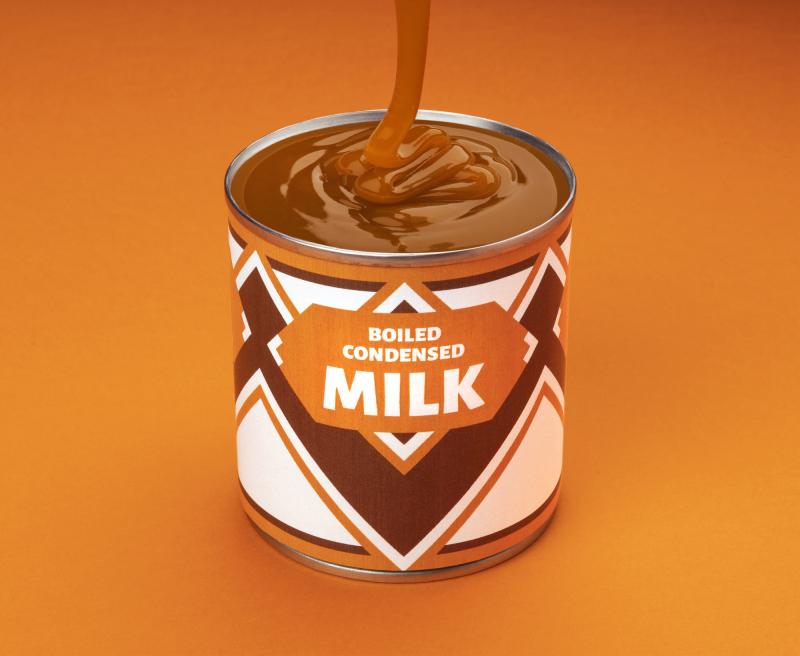Picking souvenirs is a challenge familiar to any traveler. There are just so many things to choose from, and you’ve got to bring something for everyone. Most importantly, you have to know just what the country has to offer – and pick something that’ll truly let you bring home a wonderful memory. In this series, we’ll guide you through the most exquisite, unusual, or simply fun things to bring with you from Russia. Let’s start with food.
Caviar
This delicacy is one of the most coveted souvenirs among guests to Russia. Renowned for its taste and exotic appeal, it had once been the food of commoners and fishermen, eaten by the bowlful – until new preservation technologies paved its way across the country, and, later, the world. You can find dozens of different caviars in stores; they differ by taste, size, color and the “fish of origin”. When in Russia, you might be tempted to get the expensive black caviar that comes from beluga, ossetra or sturgeon; however, the red salmon caviar is also a wonderful option. Try it on a crepe with sour cream, as Russians like to, or go for a more simplistic option and have it with bread and butter. Most importantly, beware of imitation caviar – which is often sold alongside the real thing – and check the small print on the packaging for the word “имитационная” (imitation).
Cranberries in sugar powder
Credit: Rasa Kasparaviciene (@gervele) on Unsplash
While sugared cranberries are now a popular treat everywhere, this common sweet snack’s Russian version is different – instead of a light dusting of sugar, the berries are encased in a solid layer of sugar powder, which provides for a delightful contrast of sweet on the outside and sour on the inside. These are made by many brands, mostly local, so simply be on the lookout – you’re likely to find some at any store dedicated to traditional Russian products.
Honey
Credit: Arwin Neil Baichoo (@arwinneil) on Unsplash
Even though honey is a part of many different nations’ cultural heritage, Bashkir honey, sometimes referred to as “Bashkir gold”, comes from the Republic of Bashkortostan, near the Ural Mountains, and is one of the most expensive in the world. Made by several different species of honey bees and collected only once a year, Bashkir honey is not only a wonderful addition to meals, but is also believed to be a natural remedy against many diseases. Apart from that, Russian honey comes in many varieties depending on the flowers used to produce it: linden, buckwheat, sweet clover, cornflower and many others, which you can buy in a small barrel, khokhloma jar, or even in a famous Russian matryoshka.
Pryaniki
The Russian honey-based relative of gingerbread, the pryanik is commonly made in the shape of a small dome and comes in many varieties made with spices, ginger or mint; it is oftentimes glazed or filled with various jams. A notable variation is the well-known Tula pryanik – a large, brick-shaped or round pryanik imprinted with intricate pictures or patterns, with a layer of fruit preserves in the middle. Commonly bought as souvenirs, they come in a variety of traditional or fun shapes and sizes.
Oreshki Cookies
One kind of dessert that utilizes boiled condensed milk is oreshki (Russian for “little nuts”) – a somewhat unusually-shaped shortbread cookie made to resemble a walnut shell. You might have even seen them on your Facebook feed, as they are fairly easy to make and yet cute enough to make for a memorable picture. You can find them in bags or containers in many stores and bakeries – or get them in bulk at streetstands or supermarkets. You might even go further and get yourself an oreshnitsa – a special griddle pan used to make your own oreshki shells.
You can see how they’re made in this short feature from NPR:
Sweetened condensed milk
Credit: xamtiw (© xamtiw) on Photogenica
A common addition to some blini or a cake, sweetened condensed milk is a Russian culinary staple – so much that the image of the blue-and-white can of condensed milk has become a cultural icon here and abroad; a painting of one such can has recently sold at an auction for 3,000 Euros. In addition, boiled condensed milk is also a popular dessert and filling for many different treats – you can also get it in a can or make your own at home (although the procedure may result in having your kitchen covered in sticky sweet syrup, so proceed at your own peril).
Sukhari
Bread is a staple of Slavic cuisine, and a lot of Russian folklore is used to express admiration for this food. And so it makes sense that no bread ever goes to waste; to this day, many Russians will bake their leftover bread to create a type of rusk called sukhari. These are commonly used in a fashion similar to croutons, or as a simple snack; in the modern times, a great deal of various flavored sukhari has appeared on the market.
You might also often find another type of sukhari served with tea – this one made of sweet, Challah-style bread with raisins, similar to the Italian biscotti or Swedish skorpor. They are a great, filling addition to a cup of strong tea – and can be preserved for nearly forever.
Alyonka
Russian chocolate may be not as well-known as its Swiss or Belgian counterparts, but fame has nothing to do with taste. Try Alyonka – a legendary Soviet chocolate bar, with a widely recognized image of a blue-eyed little girl in a flowery head scarf on the wrapper. More than half a century after the start of its production in 1965, Alyonka still remains one of the most popular delicacies - both for Russians and foreigners alike. This creamy milk chocolate, which today comes in all sorts of flavors, tastes great and will also serve as a charming gift.




